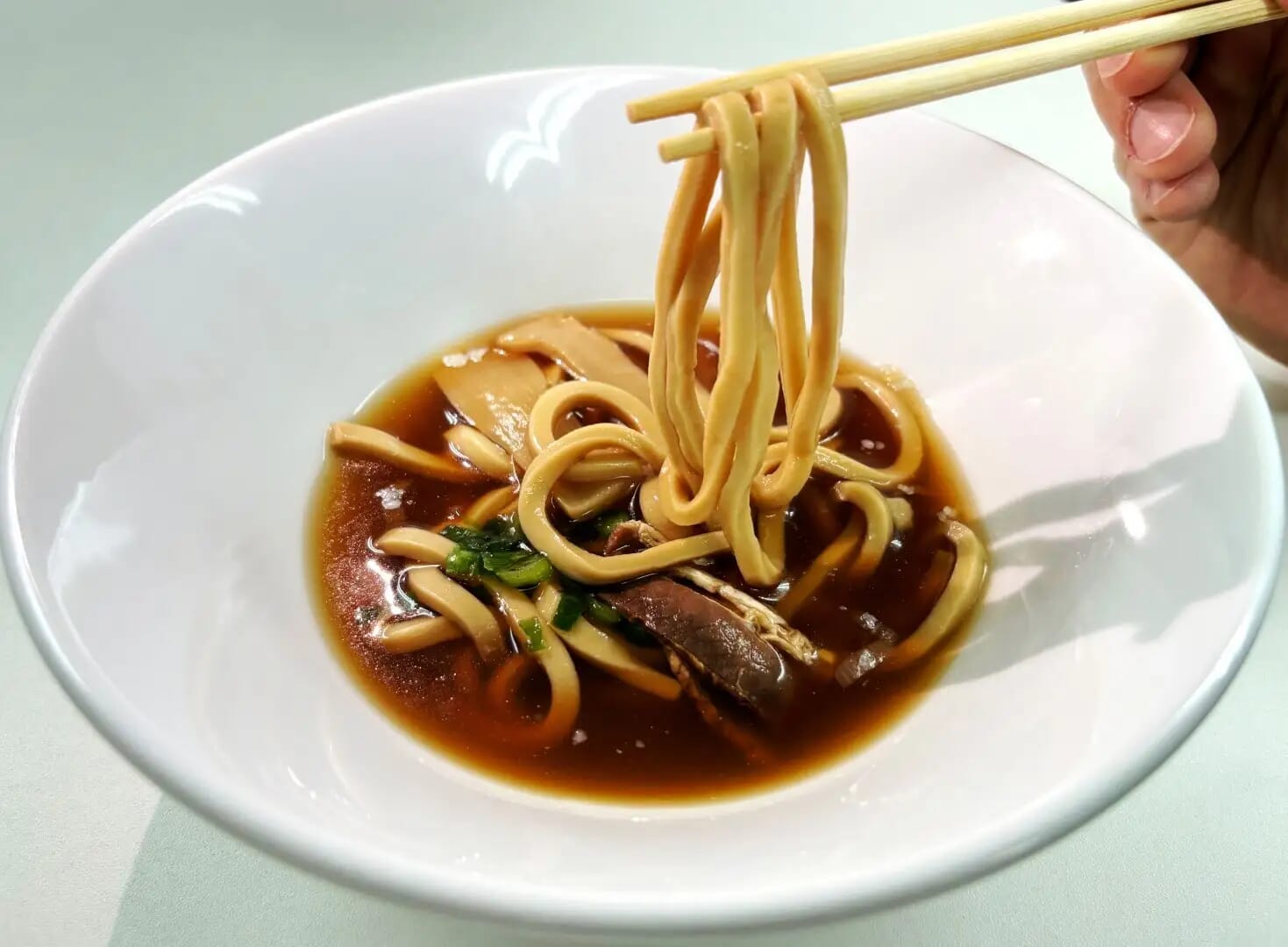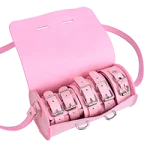Everyone agrees that Japanese vending machines offer some of the most delicious and creative snacks and drinks in the world. Now, these innovative machines are reaching new heights of ingenuity with authentic canned ramen. The 500 yen canned ramen is sold at 150 stores in Miyagi Prefecture and 100 stores in Mito City, Ibaraki Prefecture. It is best to enjoy it hot immediately after purchase.
As of now, the product only comes in one flavor: soy sauce. It features wheat noodles made at a noodle factory, a soy sauce broth and classic ramen toppings, namely scallions, bamboo shoots and roasted pork. The canned ramen, a collaboration between commercial noodle makers Maruyama Seimen and Sun Vending Tohoku, is the first of its kind to use pure wheat noodles instead of konjac. Although it’s not yet available in Tokyo, Maruyama Seimen hopes to sell canned ramen nationwide soon.

Noodle Tours Shoyu Ramen at Maruyama Noodles Co., Ltd. Photo courtesy of PR Times
The evolution of canned ramen
The invention of Maruyama Noodles was not the first canned ramen to appear in Japan. In the early 2000s, the owner of Menya Musashi, a famous ramen shop in Tokyo, invented the first canned ramen. The product is available in three flavors: miso, soy sauce and chilled. Inventor Takeshi Yamada told ASCII He was inspired by his volunteer experience after the 2004 Chuetsu earthquake in Niigata Prefecture. While serving ramen to those in need, Yamada was struck by the overwhelming amount of gratitude people showed when receiving this simple dish.
After this touching experience, Yamada decided to redefine the national dish in the hope of aiding future disaster relief efforts. The biggest challenge is maintaining the firmness of ramen noodles, which are traditionally made from wheat. Each prototype found the noodles became soggy and failed to maintain their texture for long periods of time. Yamada then started using konjac noodles, which influenced future iterations of canned ramen until now.
Other companies, including Tengu Canned Foods, Fujimi Foods and Umai, have also introduced variations of Yamada’s recipe that include konjac noodles and a folding fork on top of the can. Some people tried other types of Japanese noodles, such as udon and soba. Like its predecessor “oden”, canned ramen is associated with Akihabara’s electric lights as a popular souvenir.


In Miyagi and Ibaraki prefectures, it can be purchased at designated vending machines of Sun Vending Tohoku Co., Ltd. (Courtesy of Minkei Local News Network)
Disaster relief potential
True to Yamada’s original intention of promoting canned ramen as an emergency food, Maruyama Seimen’s new canned shoyu ramen can be stored at room temperature for up to three years. Obviously, ramen tastes better hot, but its longevity shows its potential in disaster relief efforts.
Because Japan is geographically prone to earthquakes, tsunamis, and typhoons, the Japanese people have always been vigilant and proactive in preparing for natural disasters. So while non-perishable inventions like canned ramen may seem like unnecessary gimmicks or a flash in the pan to some, they may have the enduring ability to help people during times of adversity.


 Anal Beads
Anal Beads Anal Vibrators
Anal Vibrators Butt Plugs
Butt Plugs Prostate Massagers
Prostate Massagers
 Alien Dildos
Alien Dildos Realistic Dildos
Realistic Dildos
 Kegel Exercisers & Balls
Kegel Exercisers & Balls Classic Vibrating Eggs
Classic Vibrating Eggs Remote Vibrating Eggs
Remote Vibrating Eggs Vibrating Bullets
Vibrating Bullets
 Bullet Vibrators
Bullet Vibrators Classic Vibrators
Classic Vibrators Clitoral Vibrators
Clitoral Vibrators G-Spot Vibrators
G-Spot Vibrators Massage Wand Vibrators
Massage Wand Vibrators Rabbit Vibrators
Rabbit Vibrators Remote Vibrators
Remote Vibrators
 Pocket Stroker & Pussy Masturbators
Pocket Stroker & Pussy Masturbators Vibrating Masturbators
Vibrating Masturbators
 Cock Rings
Cock Rings Penis Pumps
Penis Pumps
 Wearable Vibrators
Wearable Vibrators Blindfolds, Masks & Gags
Blindfolds, Masks & Gags Bondage Kits
Bondage Kits Bondage Wear & Fetish Clothing
Bondage Wear & Fetish Clothing Restraints & Handcuffs
Restraints & Handcuffs Sex Swings
Sex Swings Ticklers, Paddles & Whips
Ticklers, Paddles & Whips




















